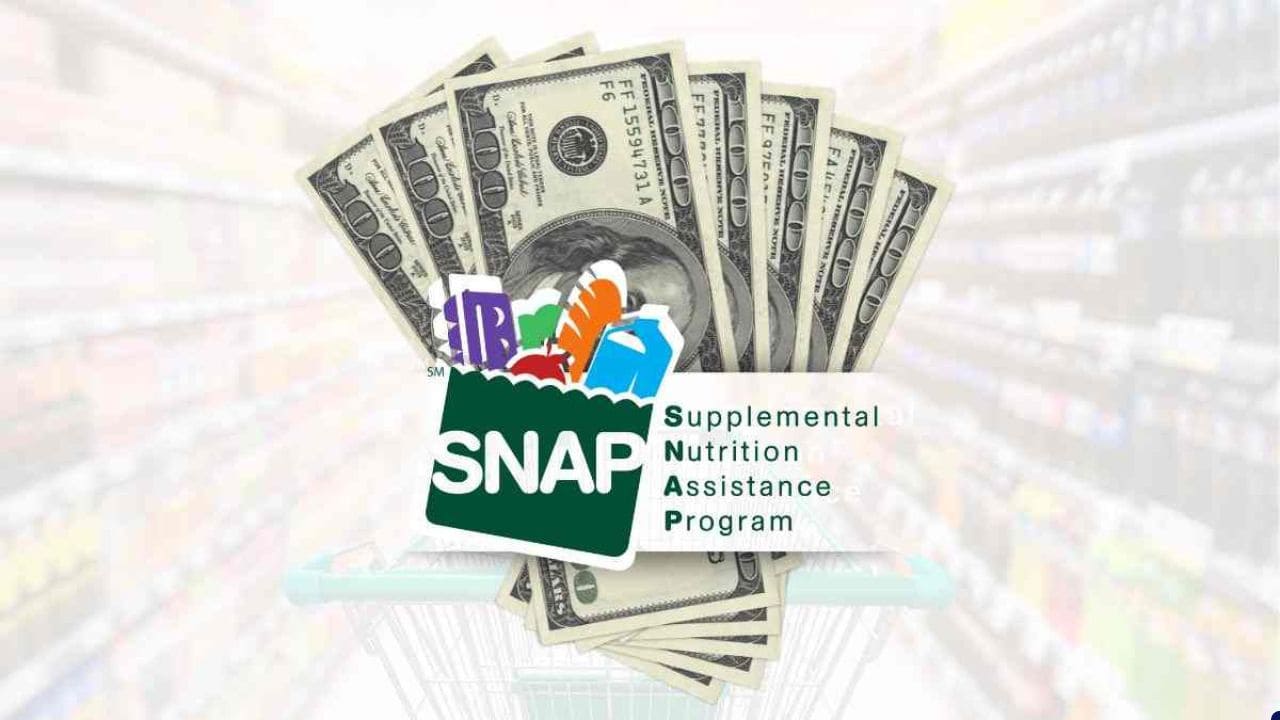Millions of people in the United States rely on the SNAP Food Stamps program to ensure access to basic food staples. This program, administered by the Department of Agriculture (USDA), is designed to support families and individuals with limited incomes by providing financial relief for the purchase of essential food items. However, in order to benefit from this help, it is crucial to meet certain requirements that, looking ahead to 2025, could include significant adjustments.
SNAP not only has a direct impact on household nutrition, but also forms part of government strategies to reduce food insecurity. To access these benefits, applicants must meet criteria related to their income, household composition and other specific factors established by the USDA.
In recent years, the government has made changes to SNAP conditions to adapt to current economic needs. In 2025, it is critical for applicants to be aware of regulatory updates to avoid problems when applying. In addition, understanding how benefits are calculated and how to ensure eligibility will help families maximize their eligibility.
The key eligibility requirements for SNAP in 2025 do not change much from what we have seen in previous years. In addition, families should be mindful to ensure their inclusion in the program by meeting all of them. Still, each case is individual and it is a good idea to check whether or not we are eligible before thinking we are not.
Eligibility for SNAP Food Stamps in 2025
To access SNAP Food Stamps in 2025, applicants must meet several conditions set by the USDA. These conditions include:
- Income level: Household net and gross income must be below the threshold set by the government. In general, gross income must not exceed 130% of the federal poverty level.
- Residency: The applicant must reside in the state of application and be a U.S. citizen or have eligible immigration status.
- Household Composition: Household size is considered in calculating the benefit amount, with special attention to households with children, the elderly, or persons with disabilities.
- Work Requirements: Work-eligible individuals must meet work participation rules, which include working a minimum number of hours or being enrolled in job training programs.
- Assets and Resources: The USDA sets limits on the assets applicants can own, such as bank accounts or property, although there are exemptions for certain groups, such as people over age 60 or with disabilities.
- Documentation: Applicants must submit documents supporting their income, residency, household composition, and other aspects related to their eligibility.
Meeting these conditions is only the first step in getting SNAP benefits. In addition, families must be sure to update their information regularly and respond to any verification requests from the program to maintain active eligibility.
SNAP also offers exceptions and additional benefits for specific groups, such as pregnant women or veterans, which expands opportunities for those facing special circumstances.
Staying informed about SNAP regulations and planning ahead can make a significant difference for families who rely on this crucial help. This includes being aware of updates to the income threshold or changes to work participation rules, which are typically adjusted annually.
In 2025, SNAP will continue to be a key pillar in the fight against food insecurity in the United States, providing direct support to those who need it most.








